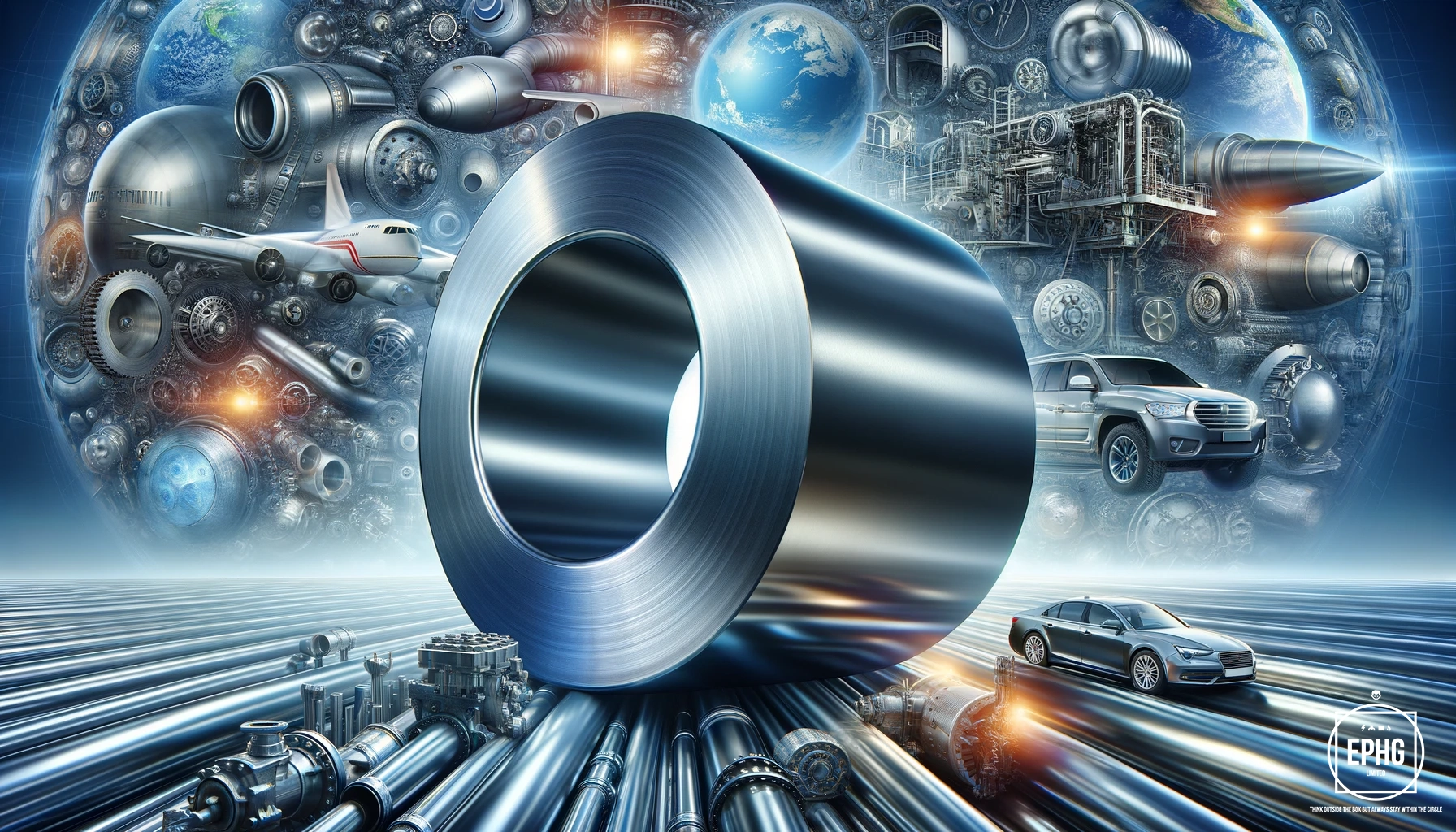The Fascinating World of Niobium (Nb)
Niobium, represented by the symbol Nb and atomic number 41, is a captivating transition metal that combines strength, ductility, and resistance to corrosion. Often overshadowed by more common elements, niobium holds a pivotal position in modern technological applications due to its exceptional physical and chemical properties.
Discovery and Historical Significance of Niobium

Niobium was discovered in 1801 by English chemist Charles Hatchett, who initially named it columbium after the mineral sample from Connecticut, USA. This discovery expanded the scientific understanding of rare metals, contributing significantly to the development of the periodic table. The element was renamed niobium in 1949, inspired by Niobe from Greek mythology, to emphasize its similarity to tantalum. This change, endorsed by the International Union of Pure and Applied Chemistry (IUPAC), helped unify global chemical nomenclature. Niobium's early identification and renaming underscore its importance in advancing fields such as aerospace and electronics.
Niobium in the Periodic Table
Niobium is located in Group 5 of the periodic table, positioned between the more frequently discussed elements vanadium and tantalum. This placement is significant as it shares many properties with its group neighbors, particularly in its ability to form stable and durable compounds.
Scientific Properties and Applications of Pure Niobium

The physical properties of pure niobium are notable for their contributions to science and technology. With a melting point of 2,468 degrees Celsius and being highly conductive to electricity and heat, pure niobium excels in extreme conditions. Its ability to enhance the properties of steel makes it invaluable in construction and engineering, particularly in the manufacturing of pipelines, automotive components, and aerospace structures.
Technological Advances Featuring Niobium

Niobium's impact on technology is profound, especially in the realm of electronics and superconductivity. Niobium-tin alloys, for example, are crucial in the creation of superconducting magnets used in magnetic resonance imaging (MRI) and particle accelerators. Additionally, niobium capacitors are critical components in electronic devices, contributing to their efficiency and performance.
Production and Mining Locations of Niobium

Niobium is primarily extracted through the mining of pyrochlore, the main niobium-bearing mineral. The ore is initially refined through a series of mechanical and chemical processes which typically involve crushing the ore followed by flotation and magnetic separation to produce a niobium-rich concentrate. The concentrate undergoes further chemical processing to obtain niobium oxide, which can then be reduced to pure niobium via a metallothermic process using aluminum or sodium as a reducing agent.
The largest deposits of niobium are found in Brazil and Canada. The Araxá mine in Brazil and the Saint-Honoré mine in Canada are notable sources. Commonly, niobium is found alongside minerals like tantalite and in ores containing other economically valuable elements like tantalum and sometimes titanium.
Future Prospects of Niobium in Science and Technology

The future of niobium appears exceedingly promising, with ongoing research delving into its myriad potential applications across several cutting-edge fields such as nanotechnology, photonics, and advanced energy systems. In the realm of nanotechnology, niobium is being investigated for its ability to improve the functionality and efficiency of various nanoscale devices. Its unique properties could lead to breakthroughs in the manufacturing of more effective sensors and catalysts.
Within the photonics industry, niobium's optical characteristics are being explored to enhance photonic devices such as lasers and modulators, which could lead to faster and more reliable data transmission technologies. Scientists are also examining niobium's role in enhancing the capabilities of lithium-ion batteries. By potentially increasing their energy density and reducing charge times, niobium could significantly extend the range and performance of electric vehicles and advance mobile technology.

Furthermore, niobium compounds are under intense study for their superconducting properties at higher temperatures. This research is particularly revolutionary as it holds the potential to transform the ways in which energy is transmitted, stored, and utilized, leading to more efficient power grids. The development of advanced magnetic levitation transport systems powered by niobium-based superconductors could dramatically reduce the environmental impact of current transportation methods and enhance the operational efficiency of new transit systems.












